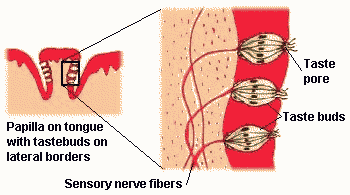External preference for pattern matches internal brain structure?
/Note, I've been quiet for while, realize....it's cause I'm busy working something out as opposed to goofing off. Am at the McColl Center in Charlotte, NC. Working with the Neurology dept of the Medical Center. More on this soon.

I'm trying to sort out why certain proportions and rhythms strike a positive response. And saw a short reference to the reason we prefer certain patterns -- the example was when people buy a pick-six lottery card, they tend to choose a range of numbers that have certain spacing and are not very random.
Rarely will people choose 6 successive numbers, even though the odds are mathematically equivalent to any other 6 numbers. The suggestion was that the choice of numbers and the pattern has some relationship to the structure of the brain. Not unlike a fibonacci sequence, there is a mathematical progression that is organic and frequently repeated in nature.
Thus -- our external preference for pattern matches our internal structure.
If you see anything along these lines, send me a note. I'm sorting through articles that are written much like this....
"In brain networks, a structural motif may consist of a set of brain areas and pathways that can potentially engage in different patterns of interactions depending on their degree of activation, the surrounding neural context or the behavioral state of the organism......We compare the motif properties of real brain networks with random networks and with networks that follow specific connection rules such as neighborhood connectivity (lattice networks). We identify some motif classes that occur more frequently in real brain networks, as compared to random or lattice topologies. Second, by rewiring random networks and imposing a cost function that maximizes functional motif number, network topologies are generated that resemble real brain networks across a broad spectrum of structural measures, including small-world attributes."
Brain numbing.








